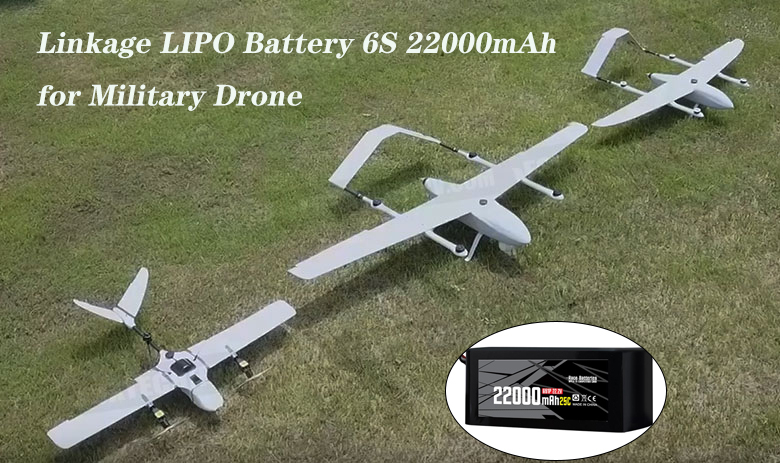- 08
- Dec
Common sense of lithium battery type and capacity selection
Type and capacity selection.
First, we need to calculate the continuous current of the battery based on our motor power (to exercise power, the general cycle speed corresponds to the corresponding exercise power). For example, if the motor continues to run at 20 (1000W motor at 48V), the battery should be able to supply 20 currently at a very low temperature for a long period of time (even if the outdoor temperature is 35 degrees in summer, the battery temperature should be controlled at 50 degrees ). In addition, if the 48V current is 20A, the overvoltage should be doubled (96V, such as ECpuLevel3), and the current should be kept at about 50A. If you like to use over-voltage for a long time, please choose a battery that can supply 50A continuously (or pay attention to temperature rise). Here, the battery continues to run on current instead of the manufacturer’s nominal battery discharge capacity. Commercially, a few C (or hundreds of amperes) is the discharge capacity of the battery, and at this current power, the battery heating is very simple, if the heat dissipation is not good, the battery life will be very short. (The battery environment used in our electric cars is made up of batteries, with no gaps, tightly sealed, not to mention how to perform forced air cooling). Our business environment is very harsh. The discharge current of the battery should be reduced. The evaluation of battery discharge current capacity is based on the current temperature rise of the battery.

The only principle discussed here is the temperature rise of the battery during use (high temperature is the enemy of lithium battery life). The battery temperature should be kept below 50°C (preferably between 20 and 30°C). This means that if it is a capacitive lithium battery (discharged at 0.5C), the continuous discharge current of 20A should be greater than the capacity of 40ah (of course, the most important thing is to look at the internal resistance of the battery). If it is a power type lithium, it is normal to emit at 1C. Even the A123 ultra-low internal resistance power supply lithium battery is usually best discharged at 1C (preferably no more than 2C, 2C discharge can only run for half an hour to charge, and the use value is not large). Factors such as the choice of the capacity of the car, the size of the storage space, the personal expense budget, and the size of the range of activities required by the car. (The capacity of the lithium battery used for power supply is generally small)
